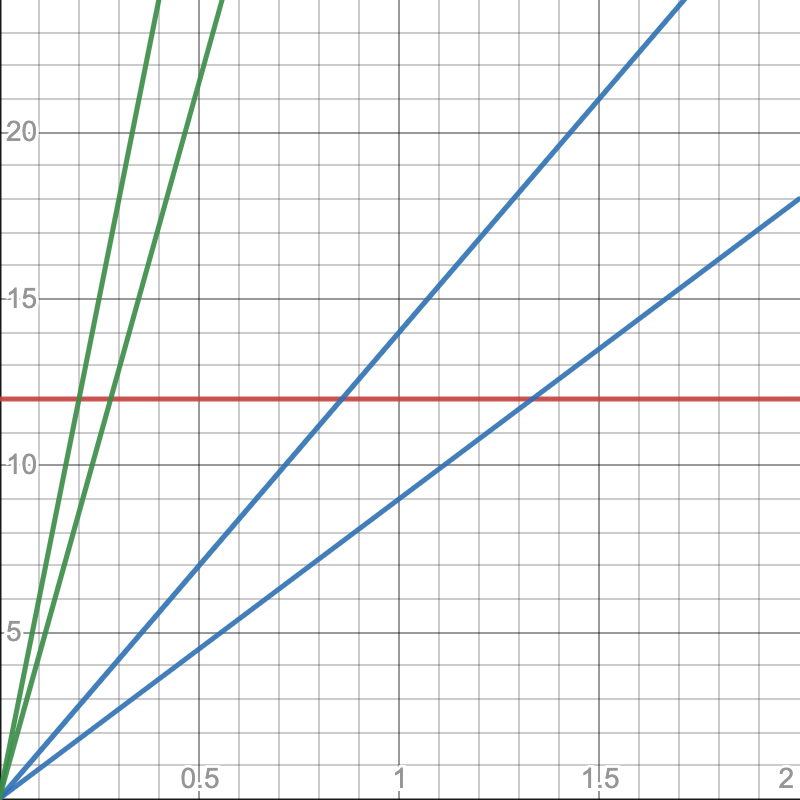Let there be light 💡
As a kid, I learned a lot of environmental studies in my school (shout out to “An Inconvenient Truth”).
I can remember many classes watching old movies on VCR, building models of the Earth, and making naive calculations about energy efficiency and species extinctions. I’d like to think this inspired my choice to study physics and math. Something about the rigor of the natural sciences and the precision of calculations acquired during those early years really drove me in.
I talked to a friend the other day about the importance of turning off unused lights. My friend said that due to modern lighting being so efficient, it is a waste of time and energy to turn it off.
Naturally, I thought it might be a fun back-of-the-envelope exercise to find out the exact cost of flipping a light switch versus leaving the light on.
It all started with a switch 🎚️
I started by figuring out how much energy is needed to flip a switch. According to this website:
On average, 16.7 micromoles of ATP (Adenosine triphosphate) are consumed in moving one gram of muscle for one second. So, the total amount of ATP burned to move 11.7 grams of muscle in the index finger is approximately 195 micromoles (11.7g×16.7μ mol/g). There are 7.3 calories in one mole of ATP energy, so the number of calories burned in clicking the mouse equals about 1.42 = (7.3/1000) X 195.
So flipping a light switch on and off should be about 2.84 calories 1, or about 12 Joules.
Now, let’s take into account a regular LED light bulb:
- Wikipedia tells us that an LED light bulb has a power of about 9 Watt, which means that every second it consumes 9 Joules.
- From this little calculation, it seems like unless you are going to leave the room for 1.3 seconds, you should turn off the light. ⚡️
Furthermore, a traditional incandescent light bulb has a power of about 60 Watt, which means that it consumes 60 Joules per second—so you’d need to leave the room for 0.2 seconds or less!
I’ve drawn a graph that shows the exact points at which leaving the light on becomes more expensive than turning off the light, in terms of energy (from left to right: LED, CFL, Halogen, Incandescent):

Let me know in the comments what you think of back-of-the-envelope calculations! ✉️
-
Also, note that this value of 1.42 calories is heat calories and not the regular kCal, courtesy of your favorite ice cream 🍦 ↩
Comments